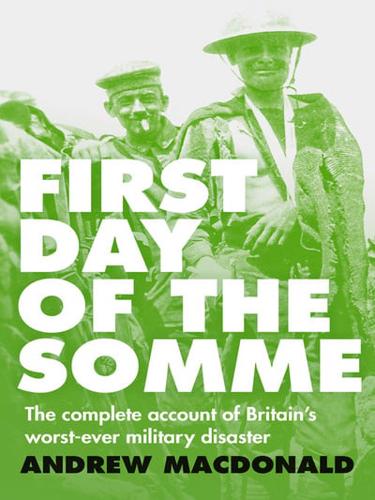Publisher's Synopsis
A groundbreaking history of the first, horrific day of one of the most notorious, bloody offensives of all time, from its inept planning to its disastrous execution. It took several million bullets and roughly half an hour to destroy General Sir Douglas Haig's grand plans for the first day of the Somme, 1 July 1916. By day's end 19,240 British soldiers were dead, crumpled khaki bundles scattered across pasture studded with the scarlet of poppies and smouldering shell holes. A further 38,230 were wounded. This single sunny day remains Britain's worst-ever military disaster, both numerically and statistically more deadly than the infamous charge of the Light Brigade at Balaklava in 1854. Responsible were hundreds of German machineguns and artillery batteries waiting silently to deal death to the long-anticipated attack. Someone had blundered. Working back from the "butcher's bill" of mass casualties on the battlefield, to the inept planning in London's Whitehall, the author penetrates the "fog of war" to explain how and why this was a human disaster waiting to happen. Told fully from both the British and German perspectives for the first time, this book sheets home blame for the butchery (a total of almost 60 thousand casualties) directly to widespread British intelligence and command failure. It further finds the outcome was very definitely a German victory over a so-called British defeat, and, again for the first time, identifies how talented German commanders mostly outclassed their opposite numbers and inflicted the galling bloodletting. Taking that terrible first day of battle as his focus, Andrew Macdonald casts new and damning light on the true causes of the disaster. Published in time for the hundredth anniversary commemoration of the Battle of the Somme in July 2016, this is a major contribution to World War I history and an epic story of courage, misery and endurance in its own right.










